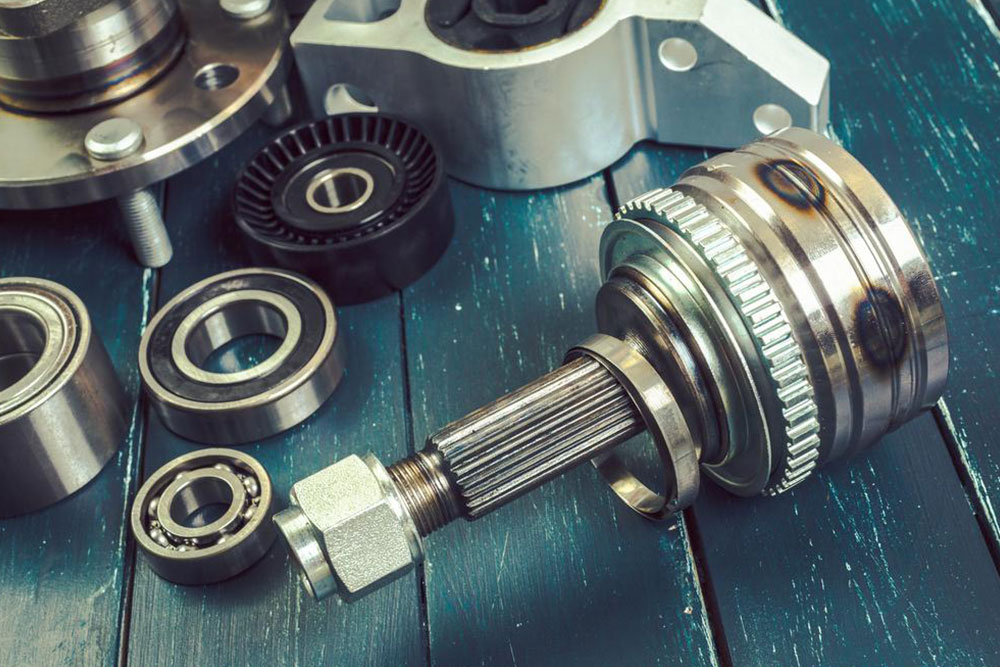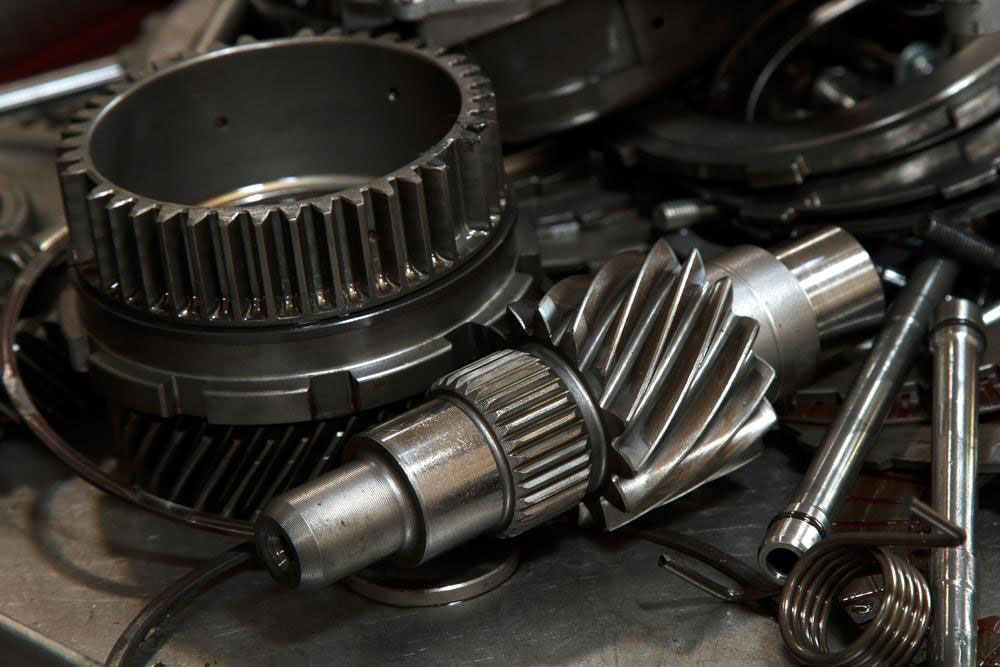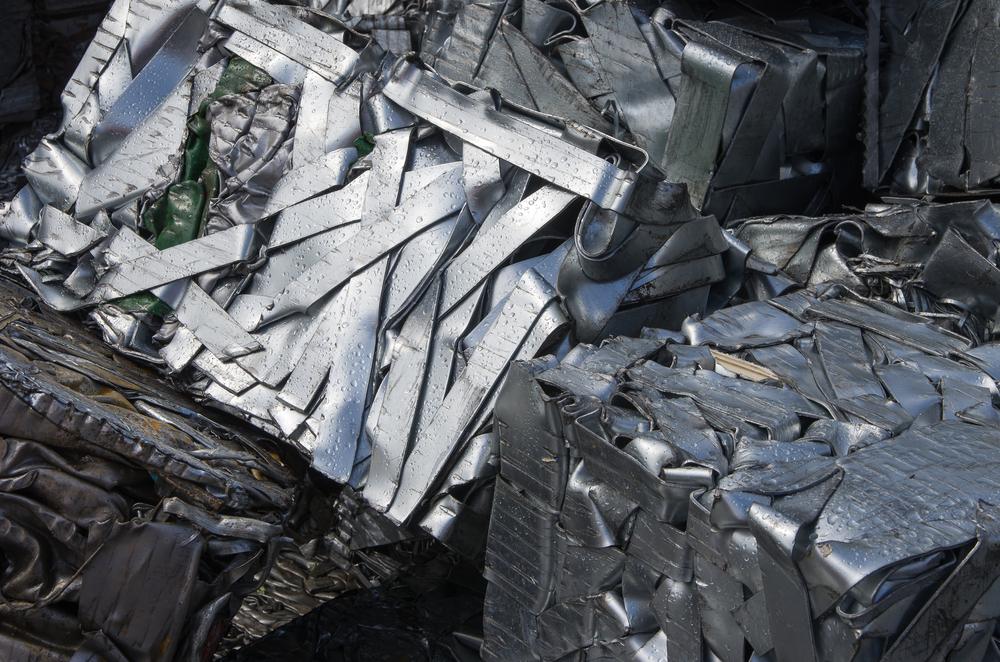Ultimate Guide to Selling Old Vehicles for Quick Cash: Strategies and Tips
Discover effective strategies for turning old vehicles into quick cash. Learn how to sell, customize, dismantle, and recycle cars efficiently in this comprehensive guide. Maximize profits with tips on market trends, vehicle enhancement, and metal recovery. Perfect for entrepreneurs and vehicle owners alike looking to capitalize on the automotive recycling industry.

Ultimate Guide to Selling Old Vehicles for Quick Cash: Strategies and Tips
Owning an old or unused vehicle can become a significant asset if approached correctly. The automotive resale and recycling industry is thriving, with millions of vehicles being discarded or sold every year. If you possess strong networking skills, business acumen, and a keen eye for market opportunities, turning old vehicles into quick cash can be an excellent income stream. This comprehensive guide explores effective strategies for selling or recycling old cars, from simple direct sales to more complex dismantling and scrap metal recovery techniques.
In today’s fast-paced market, savvy entrepreneurs and individuals are leveraging their contacts and strategic investments to capitalize on the demand for affordable vehicle parts and scrap metals. Whether you are a car owner looking to free space or an aspiring businessman interested in automotive recycling, understanding the best practices for selling old vehicles can help you maximize profits and create sustainable income.
Selling the Vehicle in Its Current Condition
One of the simplest and most popular methods is selling your old vehicle as-is. This approach involves selling the car directly to buyers who are interested in used parts or those looking for inexpensive vehicles. Acting as an intermediary between the owner and the end buyer, you can purchase vehicles at a low cost and then sell them to repair shops, hobbyists, or auto parts sellers. This method allows for quick transactions and steady profit margins, especially if the vehicle is in relatively decent shape or has valuable parts intact.
Enhancing or Customizing Vehicles to Increase Value
For those willing to invest some resources, modifying or upgrading vehicles can significantly boost their resale value. Customizations such as new paintwork, engine tuning, or interior upgrades tailored to specific customer preferences can turn a simple junker into a desirable project car. Although this strategy involves additional costs, it often results in higher earnings. Additionally, customized vehicles attract niche markets, such as car enthusiasts or collectors, who are willing to pay premium prices.
Beyond simple sales, dismantling vehicles for spare parts presents another lucrative opportunity. Reusable components—such as engines, transmissions, batteries, and body panels—can be carefully removed, refurbished, and sold individually. This process is especially profitable when dealing with vehicles damaged in accidents but still possessing functional parts. Proper inventory management and knowledge of vehicle components are essential to maximize profits.
Moreover, crushing vehicles for scrap metal recovery is a crucial aspect of automotive recycling. Steel, copper, aluminum, and other metals can be extracted from discarded vehicles and sold to recycling plants. Given the fluctuating prices of metals in the global market, staying informed about market trends can significantly influence your profitability. Investing in efficient crushing and sorting equipment can enhance recovery rates, making the process more profitable.
Successfully running a vehicle recycling or resale business requires meticulous planning, proper legal compliance, and strategic marketing. Building a network of reliable buyers, maintaining quality standards for refurbished parts, and monitoring metal market cycles are vital components. With the right approach, selling old vehicles can become a steady source of income with substantial growth potential.





